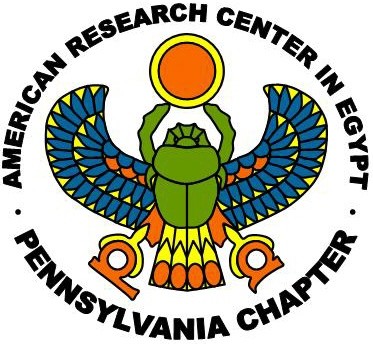
16
OctARCE PA: Revealing the Practice of Tattooing in Ancient Egypt
Registration is required
Presented by: Dr. Anne Austin, Asst. Professor of Anthropology, University of Missouri St. Louis
International Archaeology Day Lecture
Registration information coming soon
- 3:30 PM EDTPennsylvania
- Online-Zoom
- + Add to Calendar
About Lecture:
The practice of tattooing in ancient Egypt is rarely attested. Egyptologists have identified tattoos on only a handful of mummies spanning Pharaonic Egypt’s more than 3,000 year history. Textual evidence is virtually silent on the practice and art historical evidence is often ambiguous. In 2014, the mission of the Institut Français d’Archéologie Orientale (IFAO) made an incredible find–an extensively tattooed mummy from the necropolis at Deir el-Medina, the community of the workmen who cut and decorated the New Kingdom’s royal tombs. With over 30 tattoos, this woman completely redefined what we knew about tattooing in ancient Egypt. The extensive use of Hathoric imagery in these tattoos further showed us the incredible amount of religious agency women could hold during a time when the title “priestess of Hathor” was not even attested. Since then, we have used infrared imaging to identify dozens of new tattoos among the many unpublished human remains at the site. This talk presents the most recent findings from the bioarchaeological team of the 2019 and 2020 IFAO mission at Deir el-Medina. These additional tattoos indicate that many more individuals were likely tattooed at Deir el-Medina. Additionally, the designs and placement of tattoos varied broadly. Coalescing the physical and art historical evidence, this talk offers some of the most comprehensive evidence we have to date on the practice of tattooing in ancient Egypt.
